Ficus tineke: features and care
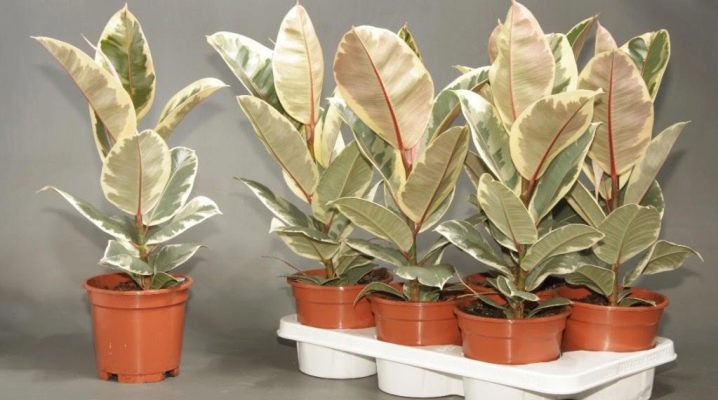
The most prominent representative of rubbery ficus is "Tineke". Another name for it is "Elastic". Already from the name it is clear that earlier this ficus was used for the extraction of rubber, the raw material for it was the juice of the plant.
Characteristic
Ficus "Tineke" grows in the rainforests of India. At home, such a plant can also grow up to 200 cm high and up to a meter wide. The leaves are long, elliptical, with a sharp tip. In length, these leaves reach 20 cm, and in width 10 cm. They are smooth, in the middle a vein of greenish or pink color is clearly visible. The main property is the presence of a light edge, which forms a natural pattern. "Elastica" is not a single specimen of this type of plant that grows on windowsills.
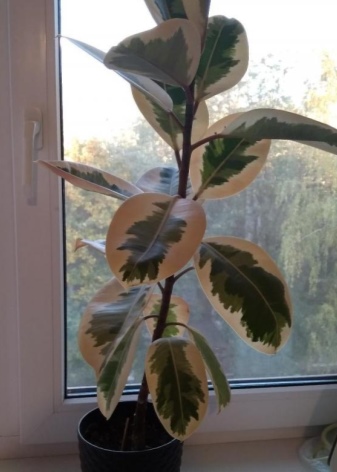
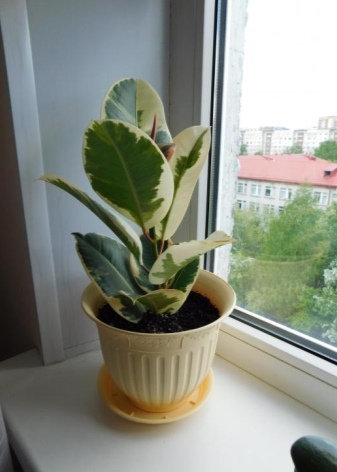
There are the following types:
- "Abidjan";
- Belize;
- "Black Prince";
- Melanie;
- "Robusta".
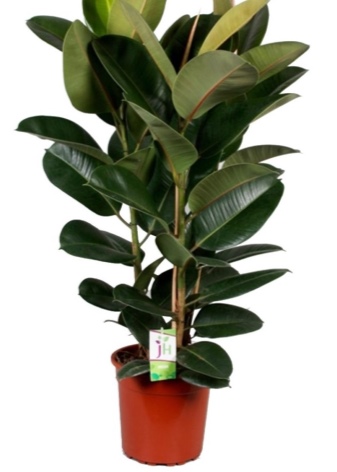
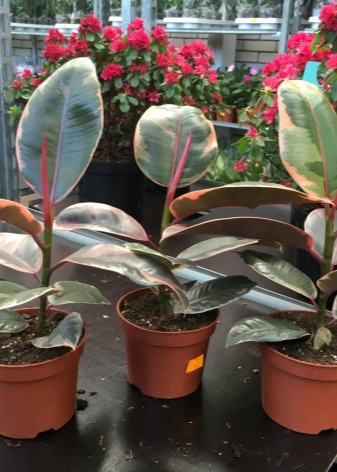
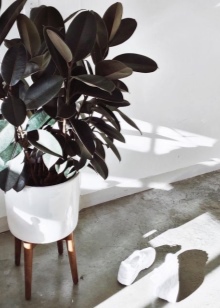

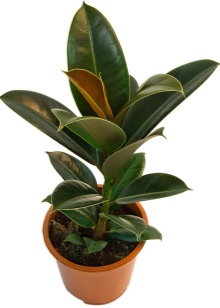
How to care?
Tineke prefers sunlight. Although it is better to place the ficus not on the window itself, but next to it, protecting it from direct sunlight. First, you need to carefully monitor it, and if the ficus is experiencing a shortage of light, then its lower leaves will fall off and turn yellow, and the patterned edge will not be so noticeable.
This will contribute to the fact that the plant will lose all its unique appearance, then it will be quite difficult to fix the situation.
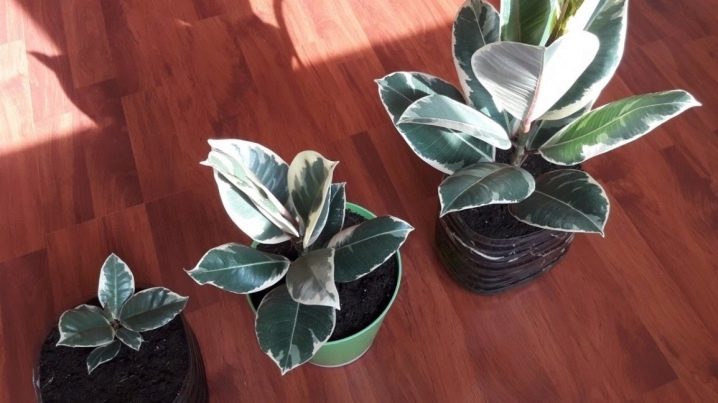
Watering
Proper watering is very important for home care. Watering is carried out with a settled liquid when the top layer of the earth is completely dry. It is usually watered 3 times a week, but the frequency may vary based on care guidelines. In winter, watering once a week will be sufficient. "Tineke" is great for moisture, but you should not allow waterlogging, as well as drying out, otherwise brown spots will appear on the leaves, and the leaves will fall off.
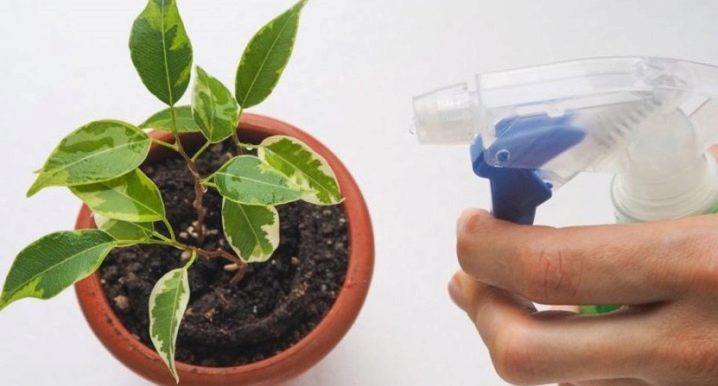
Humidity
This type of ficus prefers moist air, so the plant must be treated with lukewarm water. This is most important on a hot day and when the radiators are working. In addition, for Tineke it is very important to wipe the leaves from dust with a damp cloth, and once every 30 days it is worth rinsing the plants under a warm shower.
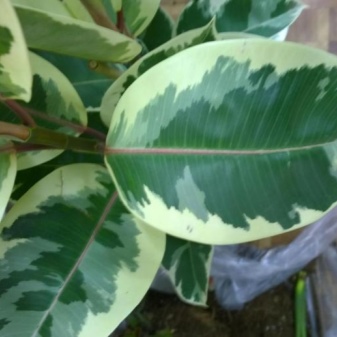
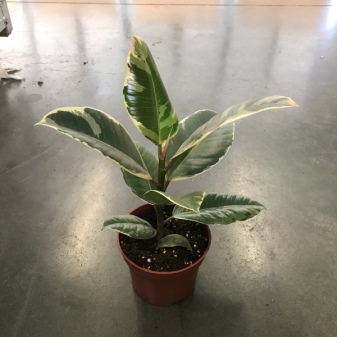
Crown formation
Ficus grows at a fairly fast pace, in the midst of the growth period a new leaf appears in a week. The roots also grow vigorously and can be delayed with small pots and occasional pruning.
The result is a large bush or miniature tree.
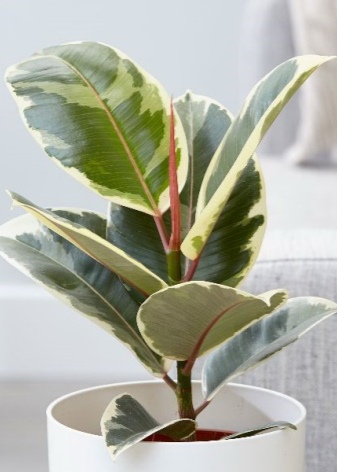
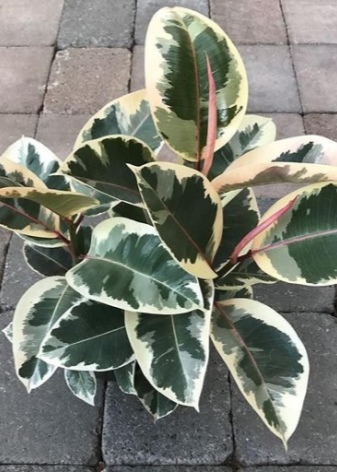
Fertilizer
From the beginning of the spring period to the very autumn, the ficus is fertilized once every 14 days, the chemical is mainly used nitrogen.


Transplant
This procedure is required when the root braids around the entire lump of soil in the pot, then the plant does not have enough space. Tineke is transplanted at the end of the winter period or at the beginning of the summer season every 3 years. Each time, a vessel for a flower needs to be taken 2 times more than the previous ones.
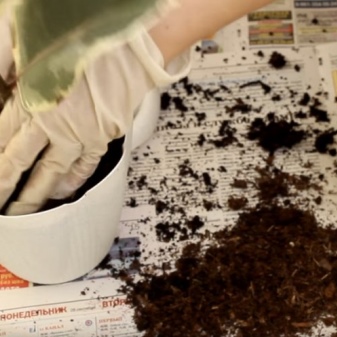
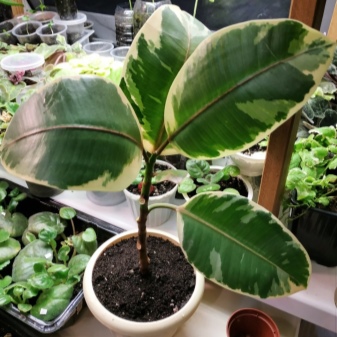
Reproduction
The best breeding time is spring. Young plants will take over and become significantly hardened before the onset of the cold period. This variety of ficus is propagated by cuttings. They are taken from the top of the ficus with a size of 10-15 cm, while the cut is made obliquely using a sharp tool. A few leaves remaining on the handle are cut in half and rolled into a tube to contain the evaporation of the liquid, the bottommost leaf is cut off. The juice is removed from the cut, which prevents the formation of the root system, and it is placed in a container for several hours.Then the cut is dried.
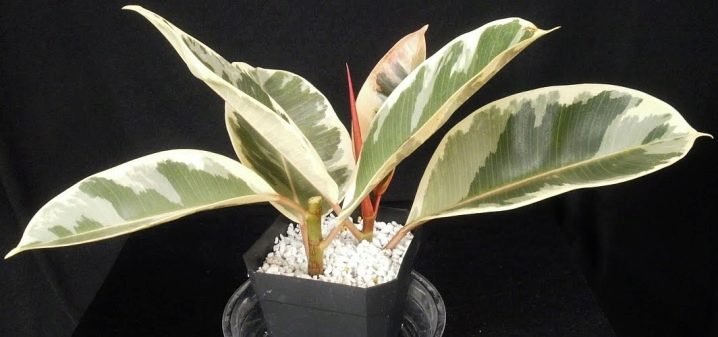
Further actions proceed according to two possible variants of events:
- It is necessary to hold the cuttings in liquid until roots form, this is about a month. The vessel should be placed in a well-lit place, but where direct sunlight does not fall. The optimum room temperature is +24 degrees and 80% humidity. It is necessary to strictly watch so that the leaves do not get into the liquid, otherwise this will cause them to rot. You can put activated carbon in the liquid. As soon as the roots appear, the cuttings are planted in the ground.
- Another rooting method is by burying the cuttings in loose, moist soil. This procedure is carried out immediately after drying the cutting by treating the cut with charcoal.
The substrate where the cuttings are planted contains peat with sand and minerals. For a vessel with cuttings, a greenhouse effect is needed, that is, you need to cover everything with polyethylene or glass, but at the same time regularly water the ground and ventilate. If new leaves appear on the cuttings, this means that they have taken root.
Now it is better to keep young shoots open so that they get used to home conditions.
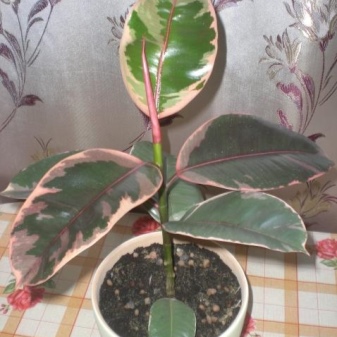
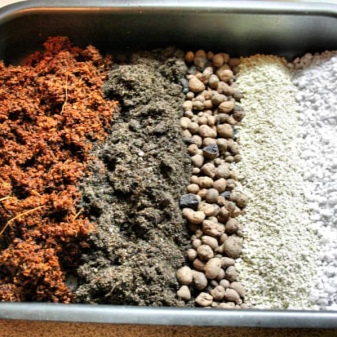
Temperature regime
For ficus, warm is preferable. The optimal temperature regime for it is temperature fluctuations in the range from +20 to +26 degrees. In the summer, +30 degrees will do. In winter, the temperature drops. And a temperature of plus + 14 degrees is allowed for young growth, and up to +5 for adults. "Elastic" can withstand small frosts, and drafts and low temperature of the roots have a negative effect on it. For this reason, you should not place the pot on a cool floor or windowsill.

Selection Tips
When choosing a ficus, it is necessary to examine it, as it happens to buy a diseased plant. The flower must have the following characteristics:
- good appearance;
- the leaves are healthy and clean, there should be no insects on them that subsequently harm the plant;
- the root system, which is visible through the drainage holes, it should not be dark or black;
- the purchase must be made in the spring season or summer, then the ficus will take over faster;
- it is recommended to buy a not very old plant that will easily adapt to changing conditions.
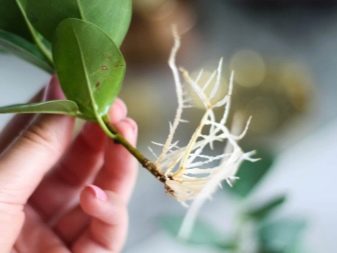
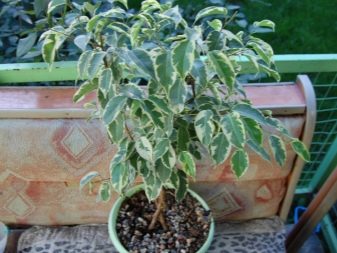
Diseases
Diseases of "Tineke" are similar to those that are characteristic of ficuses of all types:
- The leaves are withered and hung down. This indicates a lack of moisture and that the plant requires watering.
- The lower leaves turn yellow and fall off. This is due to the fact that the soil is very waterlogged. It is necessary for the earth to dry out, and it is also worth reducing the amount of watering.
- The color of the leaves of the plant has turned pale, its growth slows down, new branches are deformed. The plant needs feeding and transplanting.
- Ficus lost some of the leaves, and those that remained were covered with spots. The reason may be that the plant is cold, you need to move the container to heat.
In addition to these diseases, ficus is affected by harmful insects, viral diseases and fungi.
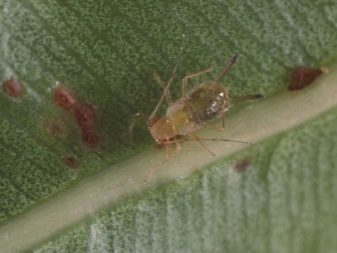
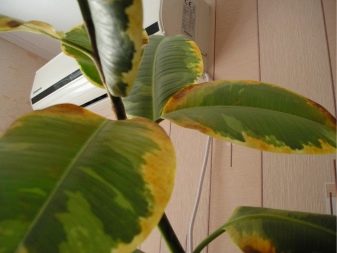
Signs that the plant has been attacked by pests are as follows:
- A fibrous bloom has formed on the leaves below. The plant is affected by a mealy worm. Visible pests should be washed off with a rag soaked in methanol and then sprayed with a plant protection agent. In addition, the humidity in the room should be increased.
- Brown growths appear at the bottom of the leaves, including the stems. This is a shield, it must be removed with a rag soaked in methyl alcohol and treated with a fungicide.
- Deformation of the leaves indicates the presence of aphids, along with which a sticky liquid appears, attracting other pests that are spreading diseases. All insects are collected with a cloth dipped in methyl alcohol, and then treated with fungicides.
- Nematodes are pests that infect the roots, then growths are formed on them. The main feature here is that these insects release toxic particles and poison the plant.To eradicate this pest, the bush must be removed from the vessel and held in a disinfectant. And then put it in another container with new soil.
For the timely detection of diseases and pests that have affected the ficus, careful measures must be taken. Flowers should be examined and sprayed with soapy water as a preventive measure.
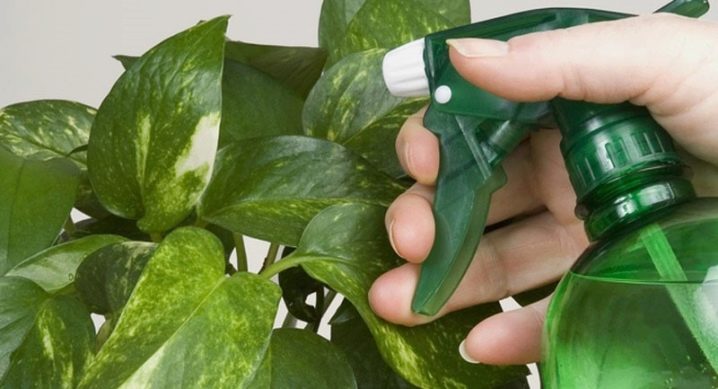
The fungal and viral diseases that ficuses are exposed to include the following:
- Cercosporosis. With it, spots are formed on the back of the sheet. Treatment with drugs for the fungus will help here.
- Powdery mildew. This disease is characterized by a coating similar to flour. In the early stages, a soap solution copes with this disease. In the event that the disease is already running, an insecticide will help fight the scourge.
- Gray rot. It is characterized by the appearance of mold. Leaves cover brown spots, they become dark and fly around. A measure of the fight against this ailment is frequent ventilation of the room, with limited watering. Healthy parts of the plant should be sprayed with a fungicide, and diseased parts should be removed.
- Anthracnose. The occurrence of rusty areas along the edge of the sheet plate is characteristic. Treatment is reduced to fungicide treatment.
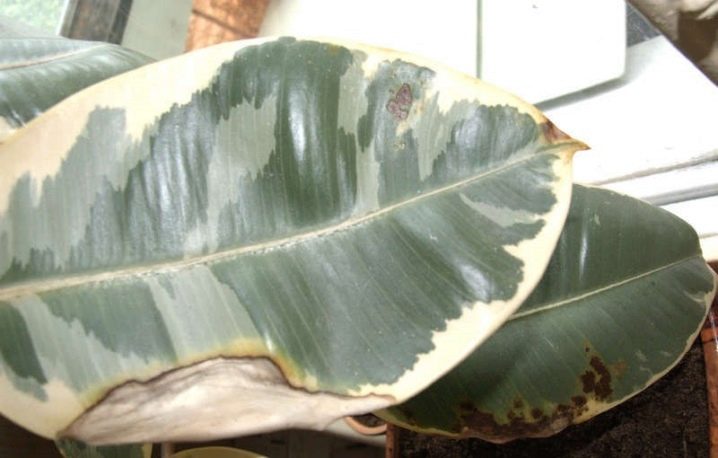
Reviews
According to astrologers, the ficus is a plant of capricorns. It stabilizes the emotional background in the room, relieves anxiety symptoms. According to the reviews of people who have ficus at home, it cannot be put in a pan with water, this may be good for some plants, but not for ficus. Because of this, waterlogging of the lower roots occurs, while the upper ones dry out. Therefore, it is worth watering only from above, with good lighting and warmth. You need to let the top layer dry, and then water well.
If leaves have dropped or spots have appeared on them, this means that the plant has received too much moisture. If it is correct to provide care for the ficus in the conditions of apartments, then you can decorate any decor in the house, since this ficus looks spectacular. The main challenge in maintaining is giving the large plant plenty of room in both width and height.
For information on how to properly transplant a ficus tineke, see the video below.































If it is watered 3 times a week, the plant will most likely die. 1 time is enough.
The comment was sent successfully.